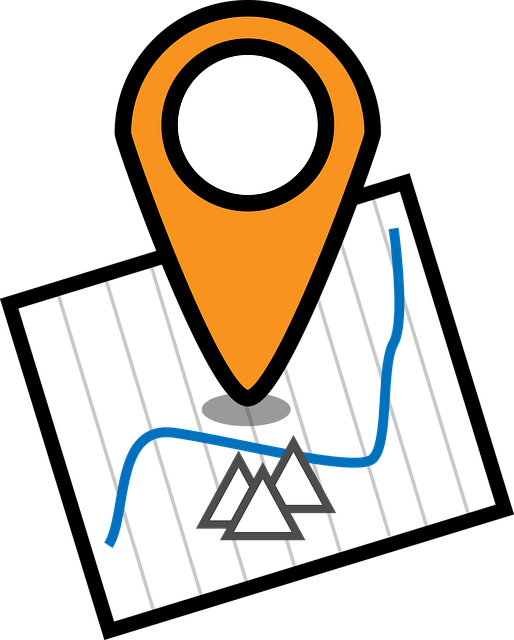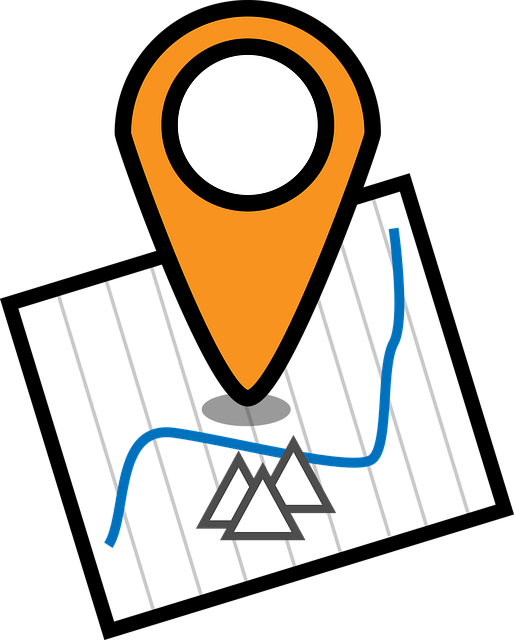In today's digital world, ecommerce website design relies on SEO for success. Keyword optimization and speed enhancement improve online visibility and attract quality traffic. Balancing user experience with best practices ensures a seamless shopping journey, boosting engagement and sales. Effective strategies drive organic growth, making SEO crucial for any successful ecommerce presence.
In today’s digital landscape, an eCommerce website’s success hinges on its ability to attract and engage customers. Search Engine Optimization (SEO) plays a pivotal role in achieving this, ensuring your online store ranks prominently among search results. This article delves into the critical components of SEO for eCommerce websites, including keyword optimization, speed enhancement, attracting quality traffic, and best practices that combine user experience with engine algorithms. By implementing these strategies, you can optimize your eCommerce website design to drive more relevant, high-intent visitors.
- Understanding SEO's Role in Ecommerce Success
- Keyword Optimization: The Cornerstone of Visibility
- Speed Matters: Optimizing for Faster Load Times
- Quality Traffic: Attracting the Right Audience
- Search Engine Ranks: Climbing to the Top
- Best Practices: Designing for Both User and Engine
Understanding SEO's Role in Ecommerce Success

In today’s digital era, an eCommerce website’s success hinges on its visibility and accessibility. Search Engine Optimization (SEO) plays a pivotal role in achieving this. By understanding how search engines work and incorporating best practices into eCommerce website design, we can significantly enhance a site’s online presence. SEO strategies like keyword optimization ensure that potential customers find the store when searching for relevant products or services. Additionally, speed enhancement is crucial; fast-loading sites keep visitors engaged and improve user experience, which are key factors in search engine rankings.
A well-designed eCommerce website, optimized for search engines, attracts not just any traffic but quality visitors who are more likely to convert into customers. This is particularly important for local businesses looking to thrive in their markets, as it allows them to connect with nearby potential buyers. Local eCommerce website designers and their specialized E-commerce Store Design Solutions offer tailored strategies, ensuring that full-featured e-commerce websites not only look appealing but also rank high in search results, driving organic traffic and fostering business growth.
Keyword Optimization: The Cornerstone of Visibility

Keyword optimization is a fundamental aspect of eCommerce website design, acting as the cornerstone of online visibility. When designing and developing an e-commerce site, incorporating relevant keywords strategically throughout its content ensures it ranks higher in search engine results pages (SERPs). This process involves careful research to identify the terms and phrases your target audience uses when searching for products or services similar to yours. By seamlessly integrating these keywords into product descriptions, titles, meta tags, and even image alt text, we make it easier for search engines to understand the context and relevance of your website.
A well-optimized e-commerce site not only attracts more organic traffic but also establishes a strong online presence. It ensures that when potential customers search for products or services related to your custom e-commerce store design or full-featured e-commerce websites, they are more likely to find and engage with your platform. Effective keyword optimization, coupled with leveraging popular e-commerce platforms like Shopify or WooCommerce, can significantly enhance the overall user experience, encouraging visitors to explore and ultimately convert into loyal customers.
Speed Matters: Optimizing for Faster Load Times

In today’s digital landscape, an ecommerce website’s success hinges on its speed. Customers expect instant gratification, and a slow-loading site can lead to increased bounce rates and lost sales. Optimizing for faster load times is crucial in ensuring your online store stands out among competitors. E-commerce platforms like Shopify and WooCommerce offer robust features but require expert optimization to reach peak performance.
E-commerce web development services and integration services play a vital role in achieving lightning-fast load times. Professional developers employ strategies such as code optimization, image compression, and content delivery network (CDN) integration to streamline your website’s backend processes. These techniques not only enhance user experience but also significantly improve search engine rankings, making your ecommerce site more visible and attractive to potential customers.
Quality Traffic: Attracting the Right Audience

Attracting quality traffic is a cornerstone of any successful eCommerce website. It’s about more than just increasing visitor numbers; it’s about drawing in the right audience who are genuinely interested in your products or services. Optimizing for search engines, through techniques like keyword optimization and speed enhancement, ensures that when potential customers search for relevant terms related to your niche, your site appears high up in the results. This means you’re reaching an engaged segment of users who are more likely to convert into loyal customers.
A well-designed custom eCommerce store doesn’t just look appealing; it’s crafted with strategies to engage and convert visitors. Incorporating user-friendly features, intuitive navigation, and compelling product descriptions ensures that your site provides a seamless experience for shoppers. By focusing on these aspects, you’re not only creating an affordable eCommerce design that’s aesthetically pleasing but also one that effectively attracts and retains the right audience, ultimately driving sales and fostering business growth.
Search Engine Ranks: Climbing to the Top

Search Engine Ranks: Climbing to the Top
In the competitive world of online retail, an ecommerce website design that prioritizes search engine optimization (SEO) is crucial for success. When we talk about climbing to the top, it’s not just about increasing your website’s visibility; it’s about reaching a targeted audience who are actively searching for products or services like yours. Through strategic keyword optimization, we ensure your site appears in relevant searches, attracting quality traffic that has a higher likelihood of conversion.
A well-optimized ecommerce website doesn’t just rank higher; it also provides a seamless user experience across all devices, including mobile and desktop. This means fast loading times, intuitive navigation, and responsive design—all factors that contribute to improved customer satisfaction and increased sales. Whether you’re looking for a custom ecommerce store design or professional ecommerce development services, our focus on SEO best practices guarantees your online presence stands out in the crowd, making it easier for potential customers to find and engage with your brand.
Best Practices: Designing for Both User and Engine

When designing an e-commerce website, it’s crucial to strike a balance between user experience and search engine optimization (SEO). Best practices in e-commerce website design focus on creating interfaces that are both visually appealing and highly functional, ensuring visitors have a seamless shopping journey. This involves incorporating intuitive navigation, high-quality product images, and clear call-to-actions. A well-designed site loads quickly, adapts to different devices, and uses relevant keywords naturally, all of which contribute to improved user engagement and satisfaction.
Moreover, e-commerce website design should prioritize security measures to build trust with customers. Implementing robust security protocols, like SSL encryption, ensures sensitive data is protected during transactions. These full-featured e-commerce websites not only attract visitors but also retain them by providing a secure and efficient online shopping experience. By combining these strategies, businesses can enhance their online presence, drive targeted traffic, and ultimately, increase sales.
